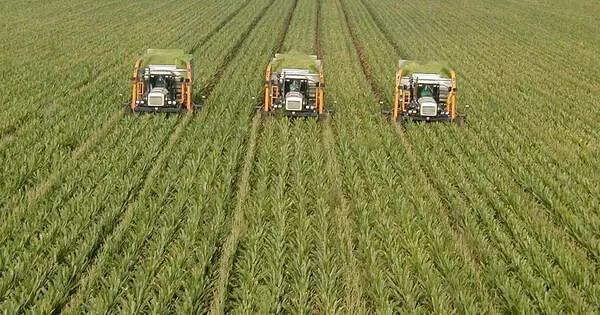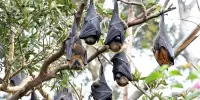Replanting trees is critical for slowing the effects of climate change, conserving biodiversity, and meeting the Sustainable Development Goals. Carbon is stored in the soil, bushes, and trees of restored forests. Because various species with complementing features can boost overall carbon storage, mixed forests are extremely successful at carbon storage.
Mixed forests are also more resistant to pests, diseases, and climate change than single-species forests, increasing their long-term carbon-storing capacity. Mixed species forests also provide more other ecological services and support higher levels of biodiversity.
Despite the well-known benefits of varied forest systems, many countries’ restoration commitments are centered on creating monoculture plantations. In light of this approach, an international team of scientists compared carbon stocks in mixed planted forests to carbon stocks in commercial and best-performing monocultures, as well as the monoculture average.

“Diverse planted forests store more carbon than monocultures—up to 70% more,” stated Dr. Emily Warner, first author of the study and a postdoctoral researcher in ecology and biodiversity science at the Department of Biology, University of Oxford. “We also found the greatest increase in carbon storage relative to monocultures in four-species mixtures.”
“Diverse planted forests store more carbon than monocultures—up to 70% more,” stated Dr. Emily Warner, first author of the study and a postdoctoral researcher in ecology and biodiversity science at the Department of Biology, University of Oxford. “We also found the greatest increase in carbon storage relative to monocultures in four-species mixtures.”
Species richness increases carbon storage potential: The researchers examined studies published since 1975 that directly evaluated carbon storage in mixed and single-species forests, and then integrated this information with previously unreported data from a global network of tree diversification experiments. “We wanted to pull together and assess the existing evidence to determine whether forest diversification provides carbon storage benefits,” Warner went on to say.
The study’s mixed planted woods ranged in species richness from two to six species. Four-species combinations were the most effective carbon sinks in the data set the scientists worked with. One such mixture was created from various broadleaf trees common throughout Europe. Mixes of two species exhibited higher above-ground carbon stocks than monocultures and might store up to 35% more carbon. Monocultures had no evident advantage in forests composed of six species.
As a result, the researchers were able to demonstrate that forest variety improves carbon storage. Above-ground carbon stocks in mixed forests were 70% higher than in monocultures on average. The researchers also discovered that mixed forests contained 77% larger carbon stores than commercial monocultures, which were made up of species designed to be especially high-yielding.
Forests for the future: “As the momentum for tree planting grows, our study highlights that mixed species plantations would increase carbon storage alongside other benefits of diversifying planted forests,” said Dr. Susan Cook-Patton, senior forest restoration scientist at The Nature Conservancy and study collaborator. According to the researchers, the findings are particularly interesting to forest managers since they demonstrate that there is a productivity incentive for diversifying newly planted forests.
While showing that mixed forests have a greater potential to store more carbon, the researchers cautioned that their study has limitations, including the overall scarcity of studies comparing mixed vs. monoculture forests, particularly studies from older forests with higher levels of tree diversity.
“This study demonstrates the potential of diversification of planted forests, and also the need for long-term experimental data to explore the mechanisms behind our results,” Warner went on to say. “There is an urgent need to explore further how the carbon storage benefits of diversification change depending on factors such as location, species used and forest age.”
















